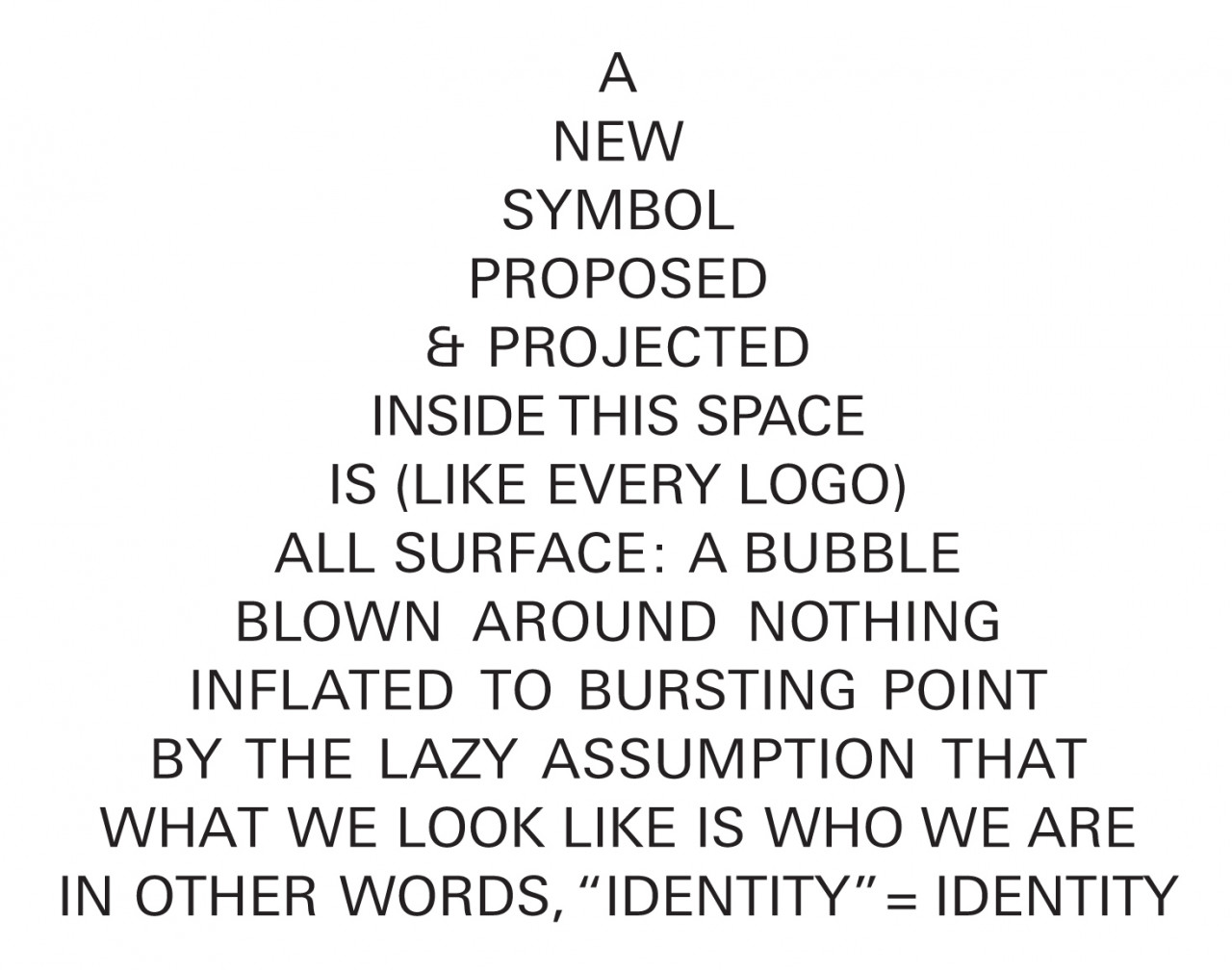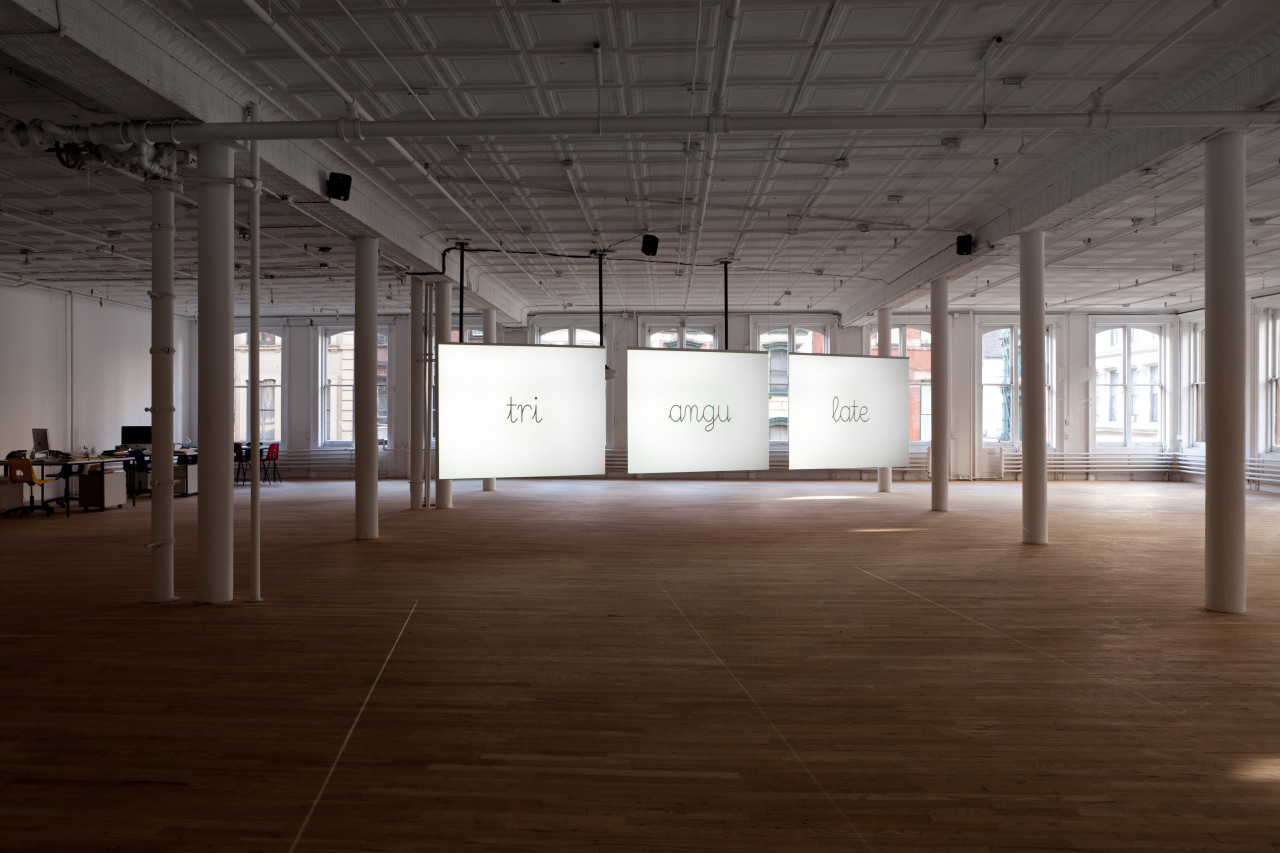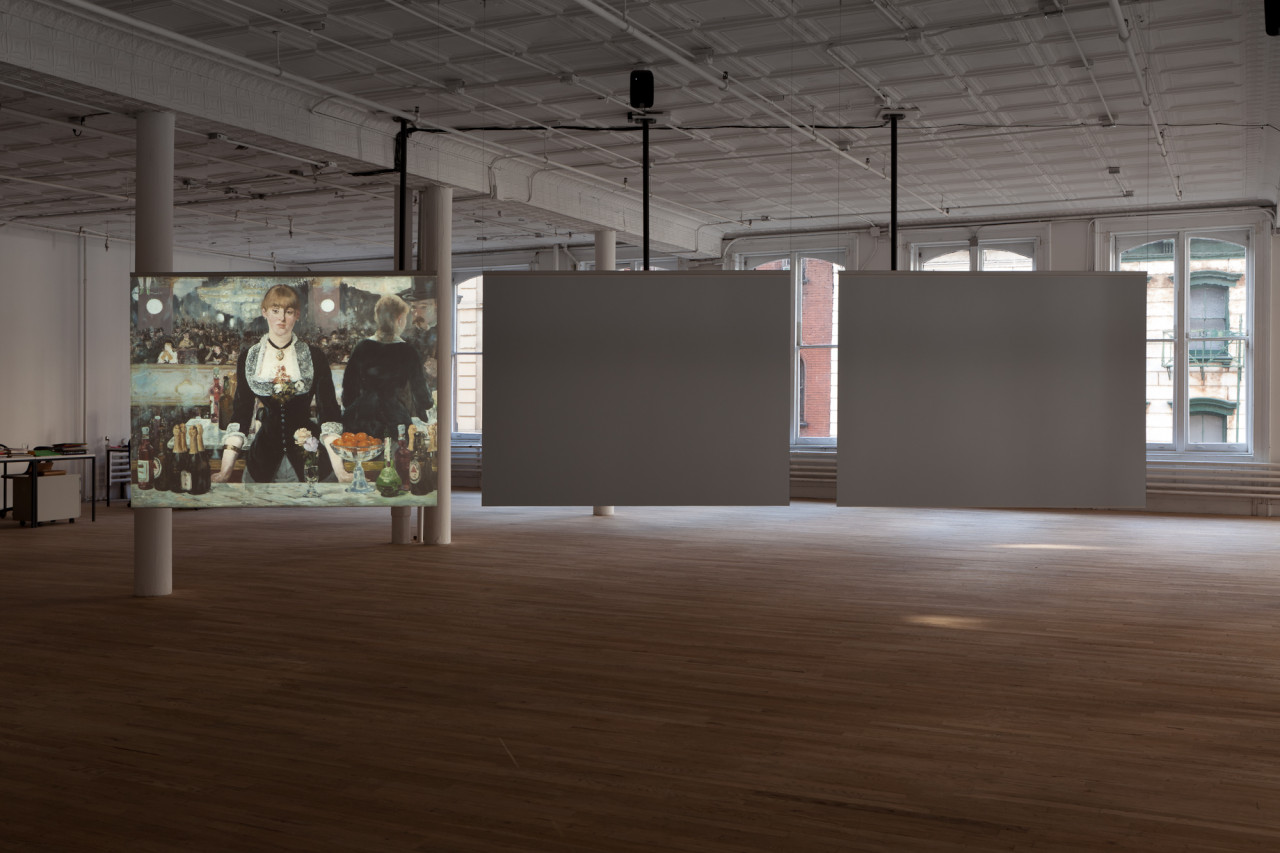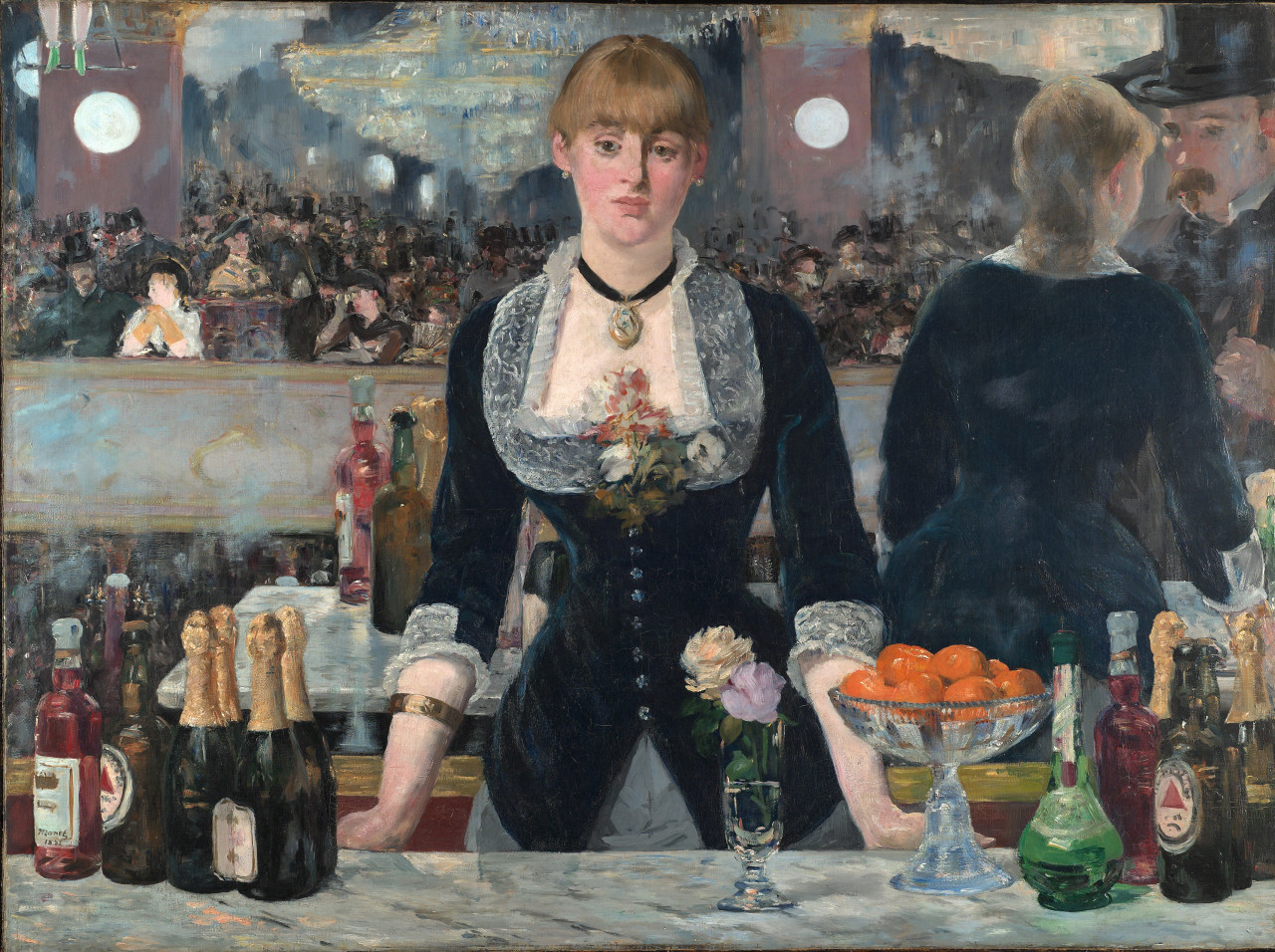October 30, 2011 – January 15, 2012
“Identity” is an exhibition that charts the emergence and proliferation of graphic identity since the turn of the twentieth century, with particular reference to contemporary art institutions – museums, galleries, and so-called alternative spaces.




